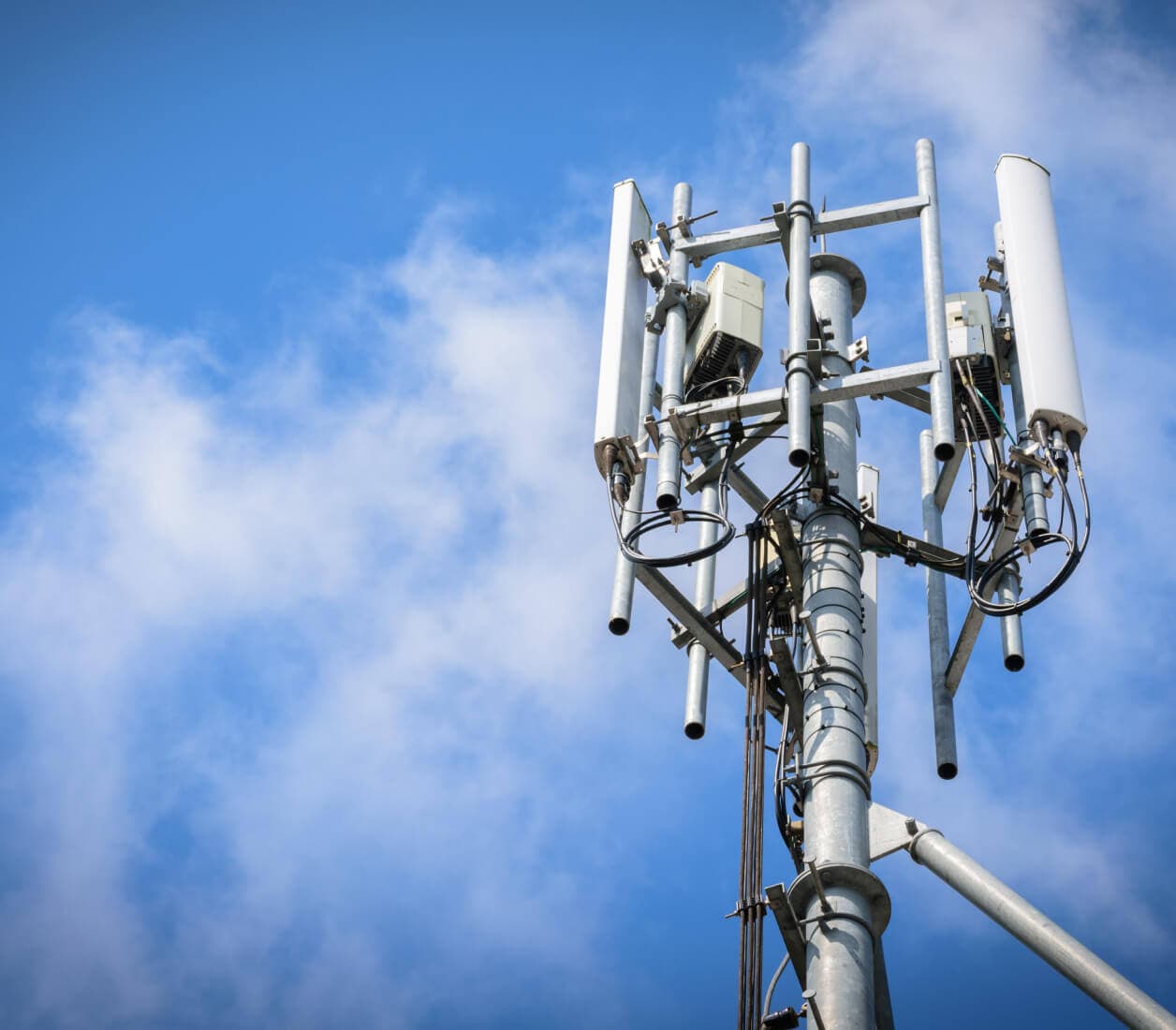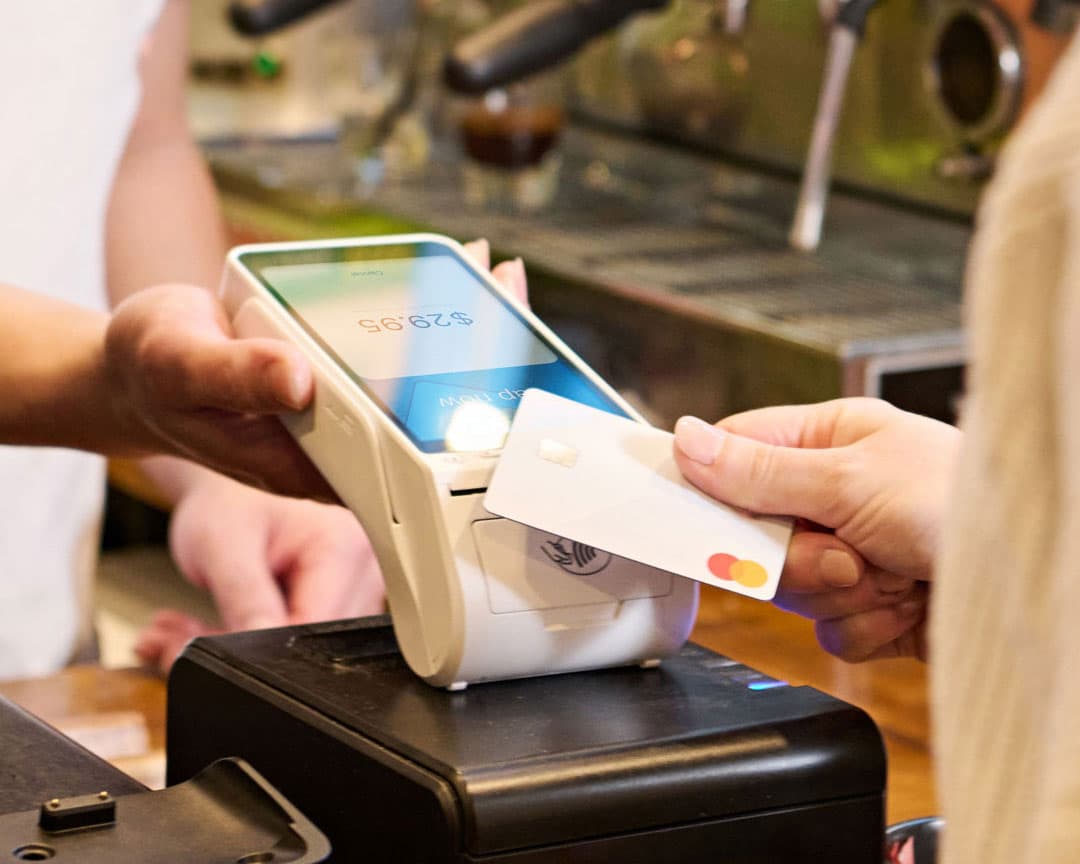
- Business Growth & Optimisation
3G Shutdown: What Business Owners Need to Know
Australia’s 3G network is being switched off at the end of October. While this transition ultimately means greater connectivity and efficiency, it requires business owners to upgrade their EFTPOS technology ahead of the 3G shutdown to ensure minimal disruption to their operations. Read on to learn what’s changing, how you may be affected, and what steps to take.
Why is Australia’s 3G network being shut down?
While 3G was once the backbone of mobile coverage across Australia, modern devices are becoming increasingly dependent on faster 4G and 5G networks. As a result, Australia’s mobile network operators – namely Telstra, Optus and TPG Telecom/Vodafone – are having to dedicate a large portion of their network to a service that isn’t being used and will only become more redundant. By shutting down the 3G network, the providers will be able to enhance the capacity, speed, and reliability of their 4G and 5G services.
What is the difference between 3G, 4G, and 5G?
The difference between 3G, 4G, and 5G lies in their data speeds and capabilities, with each generation offering faster speeds and better performance than the previous one. 3G was introduced in 2001 and offered a major leap in cellular technology with speeds up to 7 Mbps, which enabled basic music and video streaming. By 2009, 4G brought even faster speeds, ranging from 5 to 100 Mbps, allowing for HD video streaming, mobile hotspots, and more responsive real-time applications like video calls. The latest advancement, 5G, offers ultra-high-speed data transfer and improved performance in crowded areas, supporting 8K video streaming and rapid downloads. As 5G deployment continues, it's set to become the dominant cellular technology, providing even faster and more reliable connectivity.
When is the 3G shutdown happening?
TPG Telecom/Vodafone has already switched off its 3G network
Telstra will switch off its 3G network on 28 October 2024
Optus will switch off its 3G network on 28 October 2024
What devices will be affected by the 3G shutdown?
Any device that is reliant on the 3G network – such as phones, EFTPOS machines, cars, tablets, and security cameras – will stop working after the shutdown.
All EFTPOS machines need a stable internet connection in order to accept payments. Many older and outdated EFTPOS machines from incumbent providers such as the big-4 banks (Commbank, NAB, ANZ or Westpac) as well as Tyro, are locked to the 3G network, and won't automatically switch over to 4G. The easiest way to find out whether a device you have is going to be affected by the shutdown is to contact the manufacturer or the provider.
If you are a Zeller Customer, rest-assured, all our EFTPOS terminals are compatible with the 4G and 5G networks.
My EFTPOS machine relies on 3G – what should I do?
Contact your payment provider.
To ensure your EFTPOS machine won’t lose connectivity when the 3G network gets switched off, contact your financial services provider and ask them. They will likely ask you for specific information about the model of machine you are using, so make sure to have your hardware and any documentation close by before picking up the phone.
Have back-up hardware on hand.
If your EFTPOS terminal is locked to 3G or you're concerned about getting an upgrade in time, it’s a great idea to have a back-up method to accept payments. Tap to Pay with Zeller App is a great, affordable way to accept payments without an EFTPOS terminal. Simply download Zeller App on your smartphone, and accept card and mobile wallet payments directly on your mobile device. Just make sure that your smartphone is 4G enabled too!
Switch to WiFi or Ethernet.
Most EFTPOS solutions provide various connectivity options beyond just SIM cards, including the ability to default to Wi-Fi or connect via an Ethernet dock. This ensures a stable and reliable connection that doesn't rely on mobile or cellular networks.
Avoid interruptions: switch to Zeller.
Zeller is a modern financial services provider offering next-generation EFTPOS hardware to Australian businesses. By switching to Zeller, not only are you safeguarding your business during the 3G shutdown, you are also preparing your business for the future with the latest ever-evolving technology.

Ready to upgrade your EFTPOS solution?
Update your EFTPOS hardware to Zeller Terminal 2 and enjoy seamless payments with a free, built-in point-of-sale.



